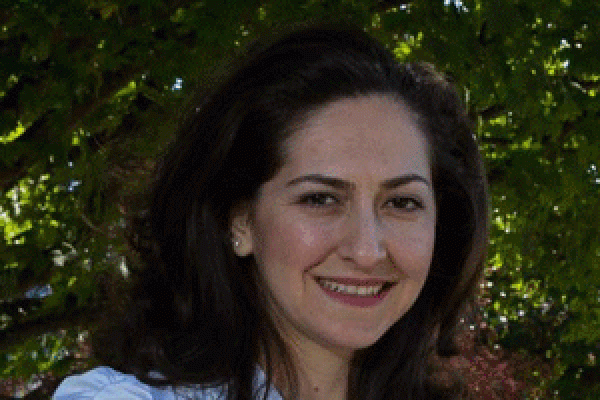
Title: The Mystery of Missing Heritability & Rare Variants
* Please be sure to mute upon entry
Speaker
Asuman Turkmen, The Ohio State University, Department of Statistics
Abstract
When the Human Genome Project, an international scientific effort to sequence the entire human genome, was completed in 2003, there was a great deal of hope that individual genetic variants accounting for the heritability of traits would be uncovered. The inability of common variants identified by genome-wide association studies (GWAS) to explain much of the heritability of most complex diseases, and the advances of next-generation technologies have led to an increased interest in investigating the etiology of complex disease due to rare variants. Despite numerous methodologies proposed for rare variant associations over the years, discovery of these variants has remained elusive, mostly restricted to population-based designs. Further, there is only a little known about rare X-linked variants associated with complex diseases. Here we propose a statistical method to test for association of rare variants obtained by sequencing in family-based samples utilizing a variance component test. Simulation studies mimicking real conditions were carried out to demonstrate the capability of the proposed method for both autosomes and X‐chromosome, and to compare its performance with existing methods. An application of the method for identifying novel rare variants on the X‐chromosome using the data from the University of Miami Study on Genetics of Autism and Related Disorders yielded encouraging results. This is a joint work with Dr. Shili Lin.
